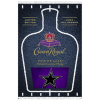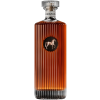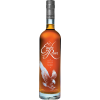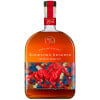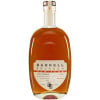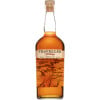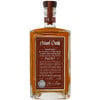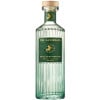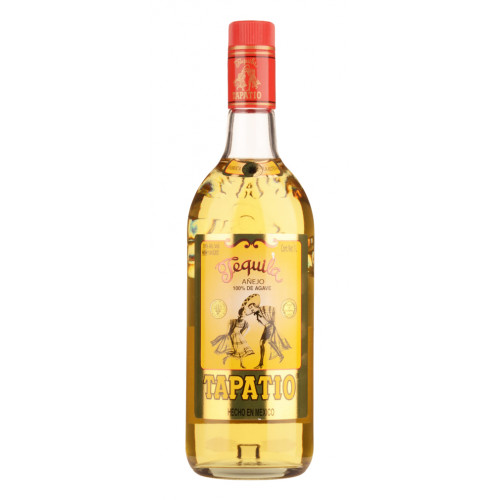About Tapatio Tequila Añejo
After expert
jimadors harvest the blue weber agave plants from the Camarena estate at their peak of maturity, the hearts of the agave, or
piñas, are taken to the distillery where they are cooked in brick ovens for four days. After cooking the piñas, Camarena crushes them in a pit using a large stone wheel known as a tahona. The tahona allows Camarena to extract the sweetest juice from the piñas while discarding any unwanted impurities; were he to use a commercial shredder like larger distilleries, he might crush the smallest veins of the piña, out of which would come bitter and astringent compounds such as methanol. After crushing the piñas, the remaining pulp is mixed together by foot, before being fermented in a wooden barrel for approximately four days.
After fermentation, the tequila is twice distilled in a copper-pot still to 80 proof. While other producers distill tequila to a higher proof and then dilute the tequila with water in order to increase yields, Tapatio Tequila is distilled at 80 proof in order to create a more flavorful, robust tequila.
Tapatio Tequila Añejo rests in first-fill, used bourbon casks for approximately 18 months. As a result, it has a complex, well-balanced flavor, with notes of honey, vanilla and caramel, that nicely balance out the spicy, citrusy flavors of the agave.
Tapatio, which is a colloquial term used to refer to men from Jalisco, has had a cult following in Mexico for over 75 years. Be a Tapatio and get a bottle today!
About Tapatio Tequila
In the early 1800s, Don Felipe Camarena's ancestors began distilling tequila at their family farm, situated in the highlands region of Jalisco, Mexico. During the Mexican Revolution, Camarena's family was forced to abandon their farm, which was ultimately destroyed. Following the conflict, Don Felipe began growing and selling agave to other distillers in Jalisco. In 1937, after saving carefully and living frugally for many years, Don Felipe purchased a parcel of property in the mountains of Arandas in Jalisco, and opened the doors to La Alteña Distillery.
Situated just twenty miles away from the distillery that was destroyed during the Mexican Revolution, La Alteña is serviced by a network of underground springs that serve as a constant source of energy for the blue weber agave growing on the Camarena estate. Today, Don Carlos Camarena, Felipe's grandson and La Alteña's third-generation master distiller, pays homage to his family name by maintaining the standards of excellence set down by his ancestors.
About Tequila
Although tequila has developed a bad reputation, there's more to the spirit than just shots on a Saturday night.
This traditional Mexican drink origins in the state of Jalisco when according to a local legend, lightning struck an agave cactus before the Nahua tribe drank its warm nectar. Behold, tequila.
Legally, tequila has to be made of 51% of Blue agave around the Jalisco region in Mexico. There are different types of tequila according to age - from the youngest representatives, blanco, reposado, and añejo, to the oldest extra añejo.
Check out our impressive selection of tequilas, find your new favorite in Top 10 tequila & mezcal, or explore our treasury of Rare & hard to find tequilas.
